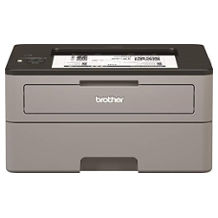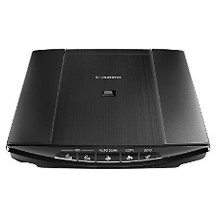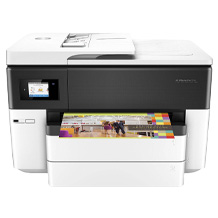Portable printer purchasing advice: how to choose the right product
- What you need to know
- Mobile printers are particularly compact and lightweight models that are not intended for stationary use, but for use on the road.
- Many models have a rechargeable battery so that you can also work and create printouts completely independently of the nearest power outlet when traveling or when visiting customers.
- Wireless connection technologies such as WLAN, NFC or AirPrint are also characteristic of travel printers.
- Mobile printers are sometimes referred to as travel printers.
What is a mobile printer?
Mobile printers – also known as travel printers – are characterized by particularly compact dimensions, low weight and few connection cables, in contrast to variants that have a fixed place of use in the office or home office. Some versions are equipped with a battery, which allows mobile work at customers or even in the car. The battery also ensures that you can print important documents far from a power outlet. Wireless technologies enable wireless compatibility with as many devices as possible, such as smartphones, tablet, laptops and desktop PCs, from which you can send the print jobs.
With such a device you remain flexible on the road and can directly create and print cost estimates, construction drawings, other graphics or invoices for customers. Documents that are to be sent by mail are also created within a very short time, regardless of location.
In terms of purchase price and printing costs, mobile models are usually above ordinary desktop printers. Travel models often cannot keep up with standard printers in terms of print speed either.
Advantages
- Printing from the road possible
- Compact and lightweight
- Compatible with various end devices
- Work facilitation
Disadvantages
- Higher printing costs than conventional printers
- Often higher purchase price
- Lower print speed
What are the different types of mobile printers?
The term mobile printer or travel printer is not unique. This collective term includes network printers, i.e. devices that are located in the house and can be supplied with print jobs from several devices without having to establish a cable connection for printing. On the other hand, there are portable printers, so called because they are very light and compact in design, making them suitable for use on the go. In addition, there are mobile devices that are specifically designed for use with current smartphones.
Network printer
Network printers are devices located in the house, apartment or office that can accept print jobs from multiple devices simultaneously. These are connected to the printer via LAN or radio. However, the devices are not really suitable for taking along on trips or for professional purposes, since most models are still too heavy and too big for mobile use.
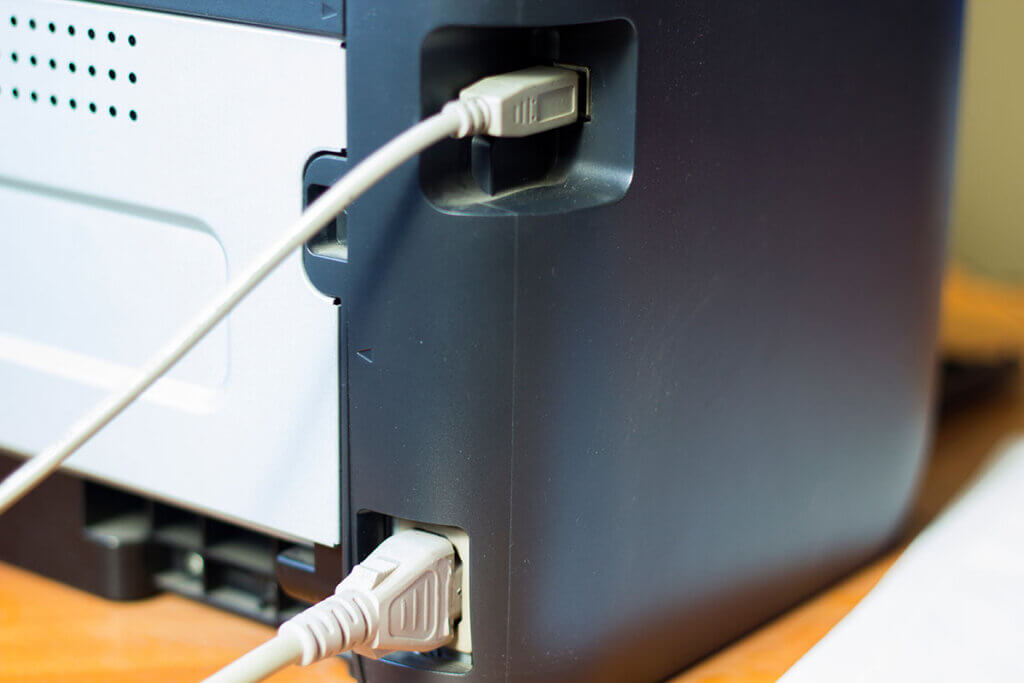
Mobile printer or travel printer
These printer types are the real all-rounders as far as mobile use is concerned. Here, high print speeds and usually manageable printing costs come together, so you can print individual documents directly on site. Thanks to their rechargeable batteries, the devices are predestined for mobile use far away from power sources. Thanks to wireless technologies such as WLAN and Bluetooth, print jobs can often also be sent from devices such as smartphones and tablets.
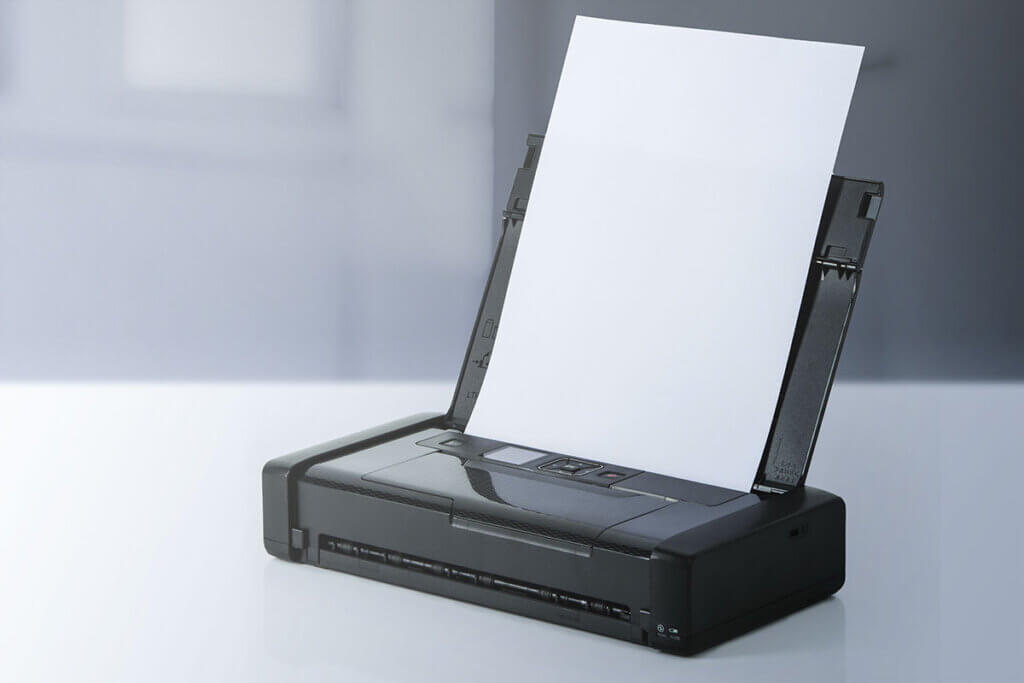
What should be printed mainly?
If you are looking for a travel printer, you should first ask yourself what you mainly want to print.
Documents
Especially in the business sector, documents such as cost estimates or invoices have to be created on a regular basis. If this function is available, you can output the documents directly on site, saving postage and postal delivery times. Some models rely exclusively on black-and-white printing, which is sufficient for many documents and saves money. Print quality is not the primary concern with these types of printers.
Photos
Meanwhile, a wide range of mobile photo printers is also available. The print quality of these variants is significantly higher than that of document printers, but the printouts take longer and cause higher printing costs.
As a general rule: The mobile variants generally require a longer printing time and are therefore more suitable for individual printouts than for bulk jobs. So, when choosing a model, be sure to also pay attention to the print speed specification to avoid disappointment later on.
Purchase criteria
There are many factors to consider when choosing a printer model. This may include the printing process, printable formats and the available resolution.
Printing method
How a mobile printer gets a text or image onto the paper depends on the printing method.
Direct thermal method
The most space-saving method used in mobile printers is the direct thermal method. Unlike classic printers, no ink is used here. Instead, the devices work according to the zero-ink process. This requires special thermosensitive zinc paper, which turns different colors under the influence of heat. Printouts are only possible with this paper. It therefore incurs ongoing follow-up costs. The thermal unit in the printer itself does not produce any expenses other than low electricity costs. There is also no need to refill ink. The method is also often used in label printing, for example for shipping labels.
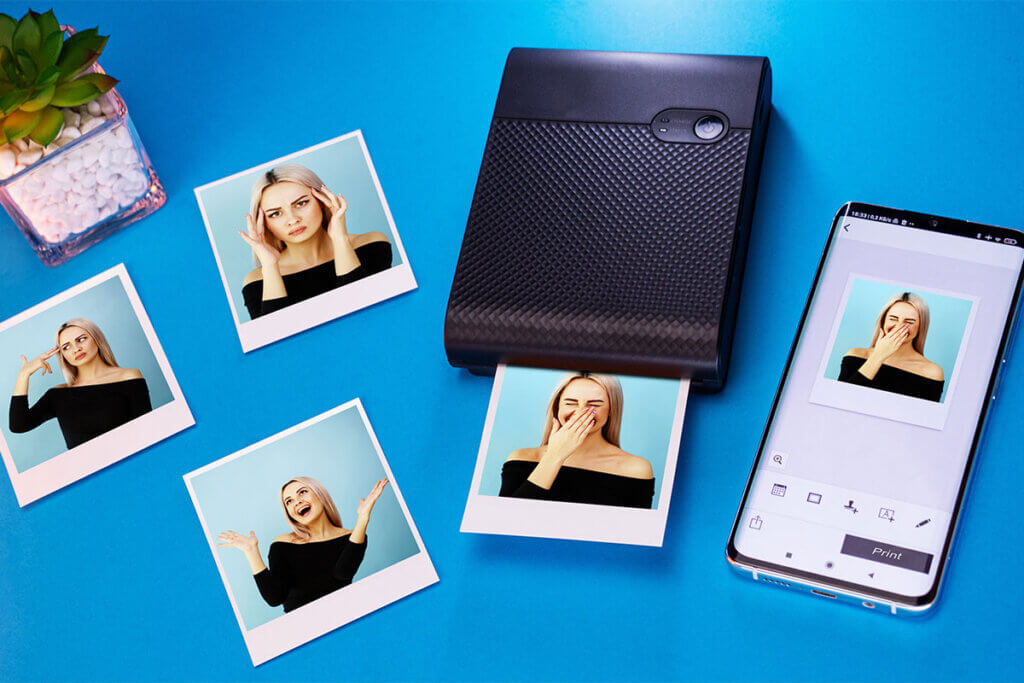
Thermal sublimation method
Dye-sublimation printers are also known as wax printers. The ink is not provided as liquid ink, but rather as a viscous wax. The three colors – cyan, magenta and yellow – are not in a cartridge, but on a narrow ink roll that evaporates when heat is applied. The dissolved colors then remain in the paper.
Inkjet method
With mobile printers, there are also inkjet processes, as most people know from classic printers. In this case, the text or image is built up line by line by mixing colors from the ink cartridges. The printing process is considered to be quite inexpensive. The advantage is that alternative cartridges can be used with many models or cartridges can be refilled, which again significantly reduces the price per printed page. A disadvantage of inkjet printers is that the cartridges risk leaking during mobile use. This can happen, for example, if the device is transported in an inclined position for a longer period of time or if there is a shock during transport.
Pure printer or multifunction device
Also relevant is the question of what functions you expect from a mobile printer. The most compact models are limited to the printing function. Users who are also interested in scanning and copying functions will have to compromise on the dimensions: The functions require technology, which increases the dimensions. Those who can do without it should be satisfied with the print function and make scans or copies at home on the secondary device.
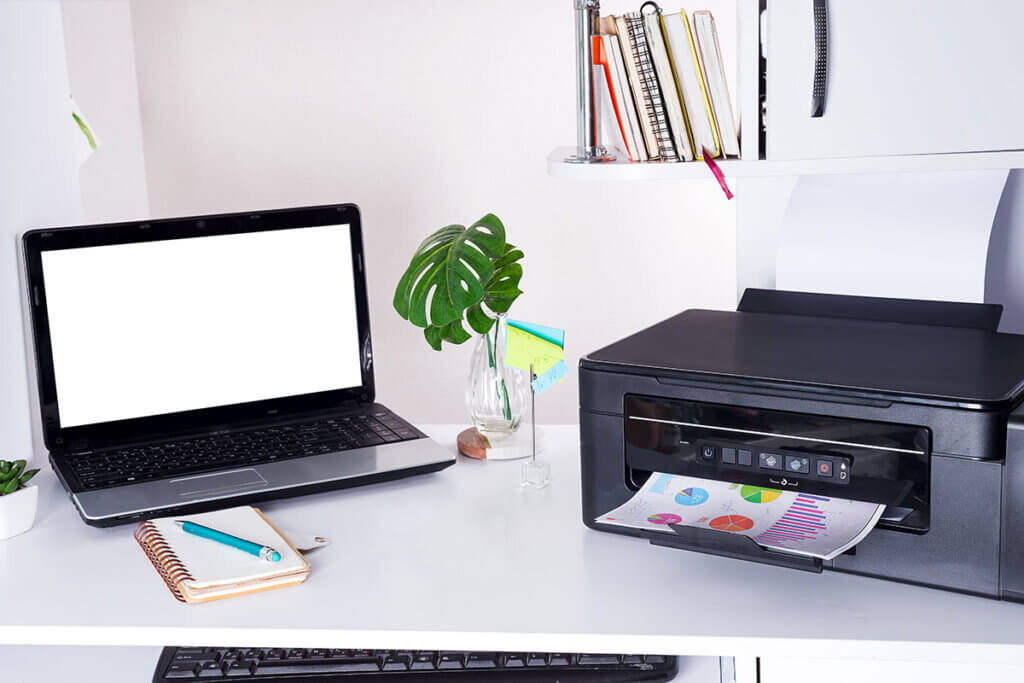
Print quality
The resolution of printouts is specified in dots per inch(dpi). The minimum standard should be 300 dpi. Higher printing qualities are also possible. Keep in mind, however, that while pixel density means higher, crisper resolution, it also means higher printing costs. When printing a postcard-sized photo, for example, a resolution of 300 dpi is perfectly adequate. For a photo in A4 format, the resolution should be higher, otherwise individual pixels become visible and the photo is blurred. For text-based printouts such as invoices, the resolution is usually also sufficient for A4 format.
Format
The most common format is DIN A4. This is the standard size for letters, invoices and other documents. Larger formats are unusual due to the compact dimensions. Some very small designed models do not support A4, but due to the design at most A5 or A6 as output format. The question of paper formats should therefore play a central role in the purchase decision: If you only want to print small handouts or photos similar to the Polaroid, the small format is sufficient. For official documents it should already be A4.
Pages per minute
While a printer in the office often easily manages 30 pages per minute, the throughput of mobile printers is lower due to their small dimensions and more compact technology. The devices usually only manage two to five pages per minute. While the inkjet versions still work quite quickly, the different thermal variants need more time for a printout.
Black and white or color
The decision between black and white and color printing has a major impact on printing costs. Monochrome printing in black means less space is needed for ink cartridges because all cartridges in color are eliminated. In the case of thermal models, papers that can display only one color after treatment are cheaper than those suitable for photo printing in color. For cost estimates, delivery bills or invoices, monochrome printing is usually sufficient.
Energy supply
Ordinary printers are supplied with power via a power outlet. Since the need for a power outlet is impractical when working on the go, mobile versions designed for location-independent work feature their own battery. In this way, for example, a few pages can be printed even in the middle of the forest before the power storage unit has to be plugged in again.
Connection options
The mobile printer should have a USB or micro USB port. Wireless technologies such as WLAN (Wi-Fi), NFC, Bluetooth and AirPrint are beneficial if you want to print directly from devices such as tablets and smartphones without having to take a detour via a computer.
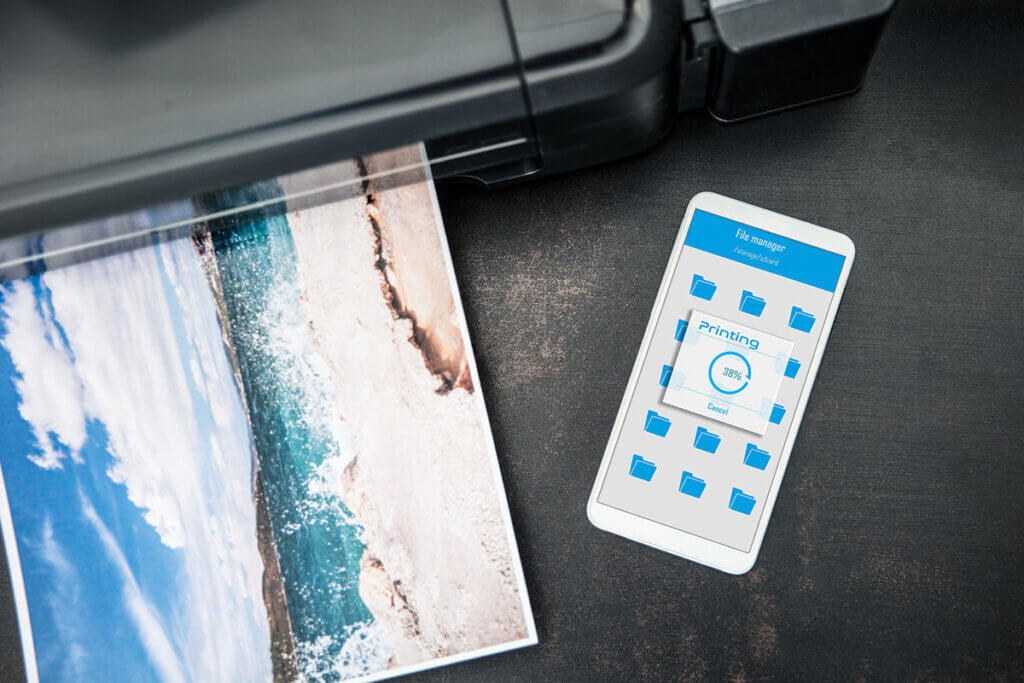
Dimensions
The number of models available on the market, which have the dimensions of a handbag, is very small. More choice is available in models that can be transported in suitcase or backpack. Therefore, many comparisons also include ordinary printers that have a small build. However, these then usually have the disadvantage that they must be connected conventionally to a socket.
For example, the Brother PJ-763Mfi model has very compact dimensions of 30.8 x 16.7 x 7.7 centimeters – ideal for frequent transportation and mobile use.
Weight
Unlike a normal home printer that sits on or next to the desk with little to no movement, the weight of a mobile printer is of great concern: It ultimately decides how convenient the transport is. If it’s too heavy, you won’t like having it with you on your appointments. Comparatively lightweight models, on the other hand, tend to stay in your pocket – they don’t even stand out after a while.
Again, the Brother PJ-763Mfi model can serve as an example: With its 480 grams, it is a real lightweight and can easily be taken along on customer appointments and trips. Ordinary inkjet printers quickly weigh around two to three kilograms, and multifunctional devices with a scanning unit weigh more like five kilograms.
Image 1: © Sasa / stock.adobe.com | Image 2: © MP2 / stock.adobe.com | Image 3: © ProstoSvet / stock.adobe.com | Image 4: © YuliiaMazurkevych / stock.adobe.com | Image 5: © Daniel Krasoń / stock.adobe.com


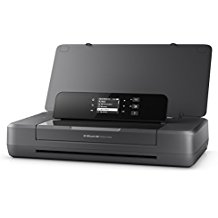
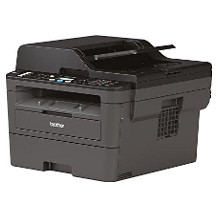
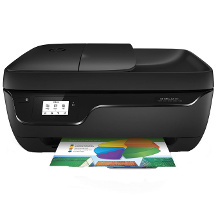
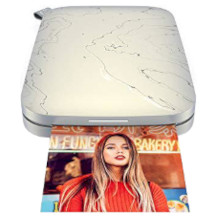
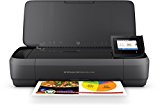
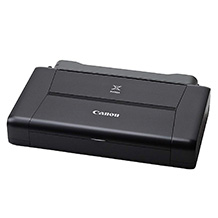
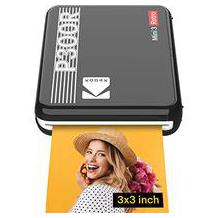
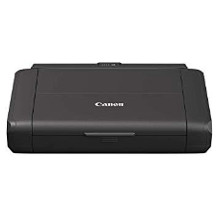
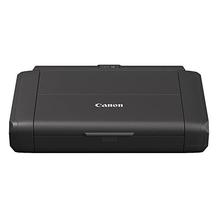
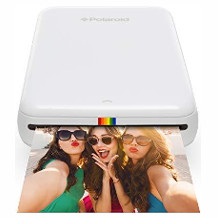
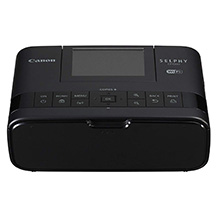
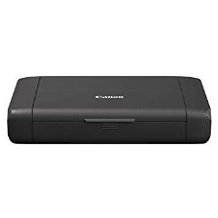
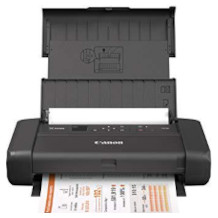
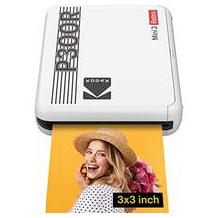

 5,409 reviews
5,409 reviews





